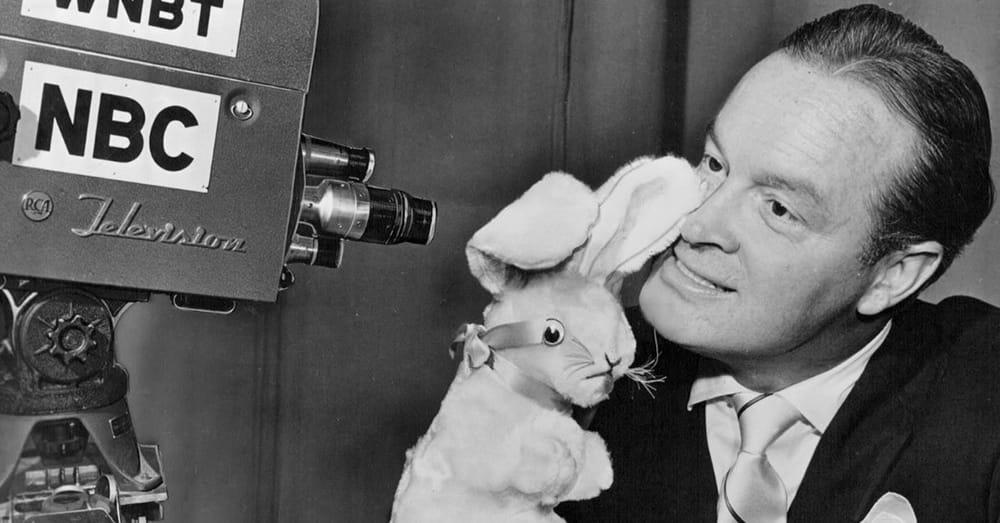
Bob Hope: What You Might Not Know About The USO Legend
When most people think of the USO, they think of Bob Hope. That’s because the legendary comedian and entertainer spent more than 50 years touring with the USO, giving up Christmas with his only family each year to entertain our troops overseas fighting in combat zones. Over the decades and through four active wars, he brought his humor — and some of the biggest stars of the day with him — to bring a little bit of laughter, distraction, and normality to the brave men and women fighting to protect our country.
And while his Christmas broadcasts from overseas became an annual tradition — both from the troops and the rest of the country back home — there may be a lot about Hope and his USO tours that you never knew.
By the 1940s, Bob Hope had already reached fame as an established comedian and entertainer on the stage, radio, television, and film. He was known for his quick wit, one-liners, and sarcastic style. He would come to be known even more for his unwavering, untiring support of the men and women in the United States military. All of that would start when Hope agreed to put on a single show to entertain troops at a military base in California before the U.S. joined World War II. That one performance would kickstart more than half a century of entertaining the troops at home and overseas.

Bob Hope, born Leslie Townes Hope, was America’s favorite comedian for nearly the entire century that he was alive. Born in England in 1903, Hope and his family moved to Ohio when he was four years old. As a young boy, he would entertain passersby on the street. By the time he was a young man, he got his start in the entertainment industry in Vaudeville and then Broadway in the 1920s. He loved live audiences — which he would prefer his entire life — but kept up with the times by joining radio and film in 1934.
Soon his radio program, The Pepsodent Show Starring Bob Hope, became the top radio program in the country. He would continue performing on radio until television took its place in the 1950s. He started doing television specials for NBC, hosted the Academy Awards 19 times (more than anyone else), and wouldn’t make his last television appearance until 1997. In his first film for Paramount Pictures, The Big Broadcast of 1938, Hope would perform what would become one of his signature songs, “Thanks for the Memory.”
However, it was in 1941 that Bob Hope’s career would change forever, setting a new course for his professional and personal life. World War II was underway in Europe, and while the United States had not yet joined the war, it seemed like only a matter of time — and the troops on nearby military bases could feel the growing pressure.

“It turns out one of dad’s writers had a brother who was stationed in March Field in Riverside, California,” daughter Linda Hope said in an interview about her father. “He said, ‘Why don’t you think about bringing your show out here? There’s lots of guys and I know they would love to see you.’ So he did that.”
After that very first performance on the military base, Bob Hope became dedicated to entertaining the troops. After the attack on Pearl Harbor and the U.S. joined World War II, Hope tried to enlist in the military but was told he could do more good as an entertainer — joining with the USO in performing for troops at home and overseas. Hope agreed and started a partnership with the USO that would last more than half a century.